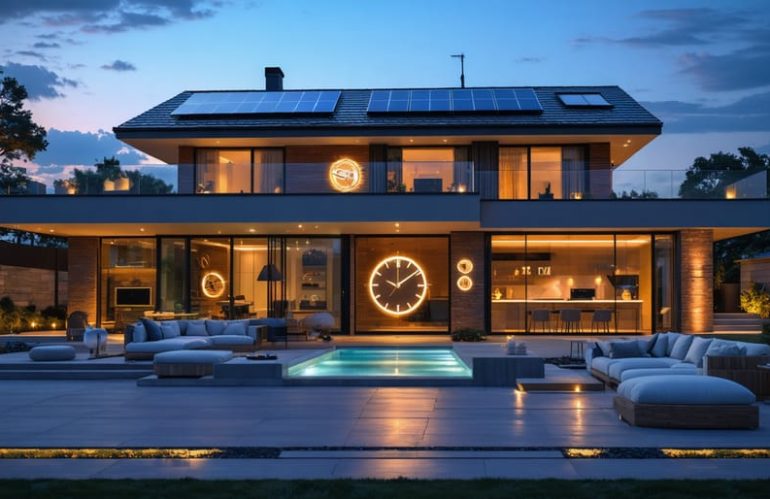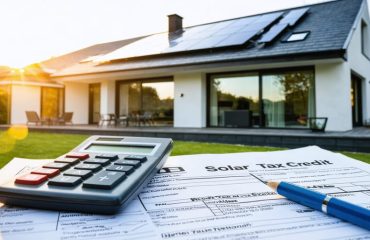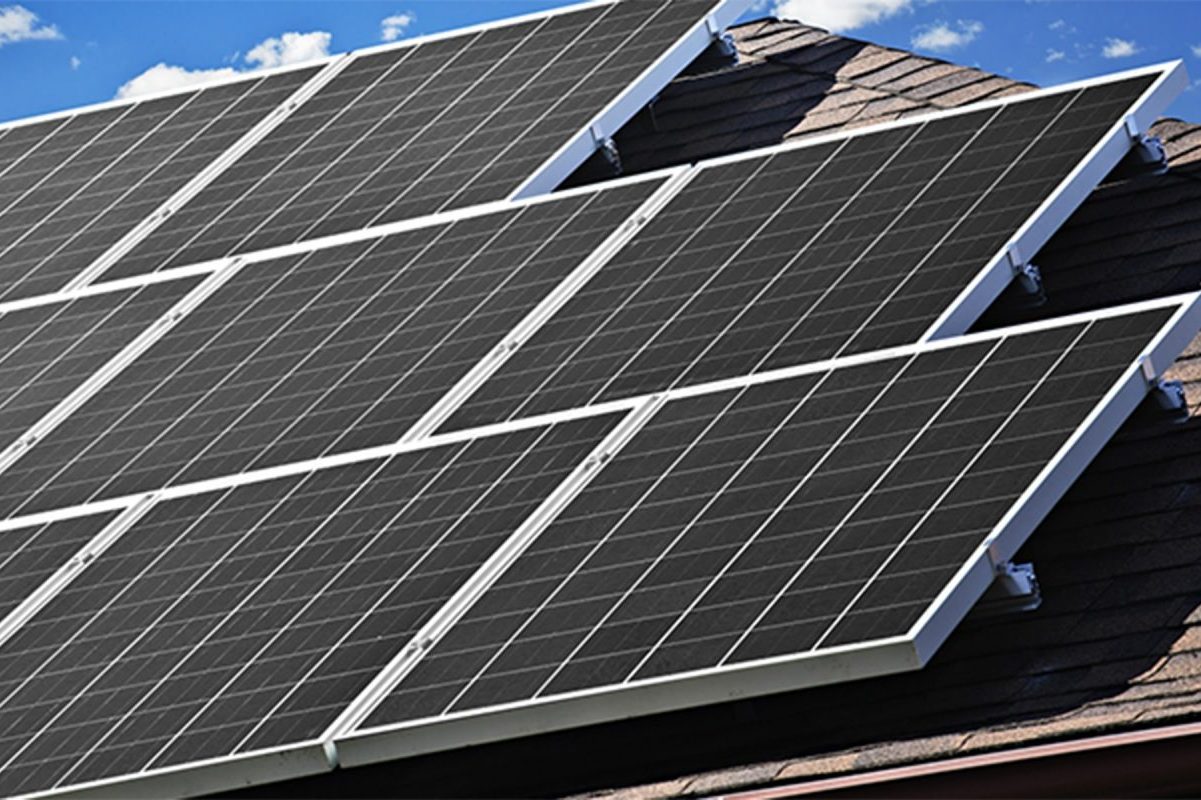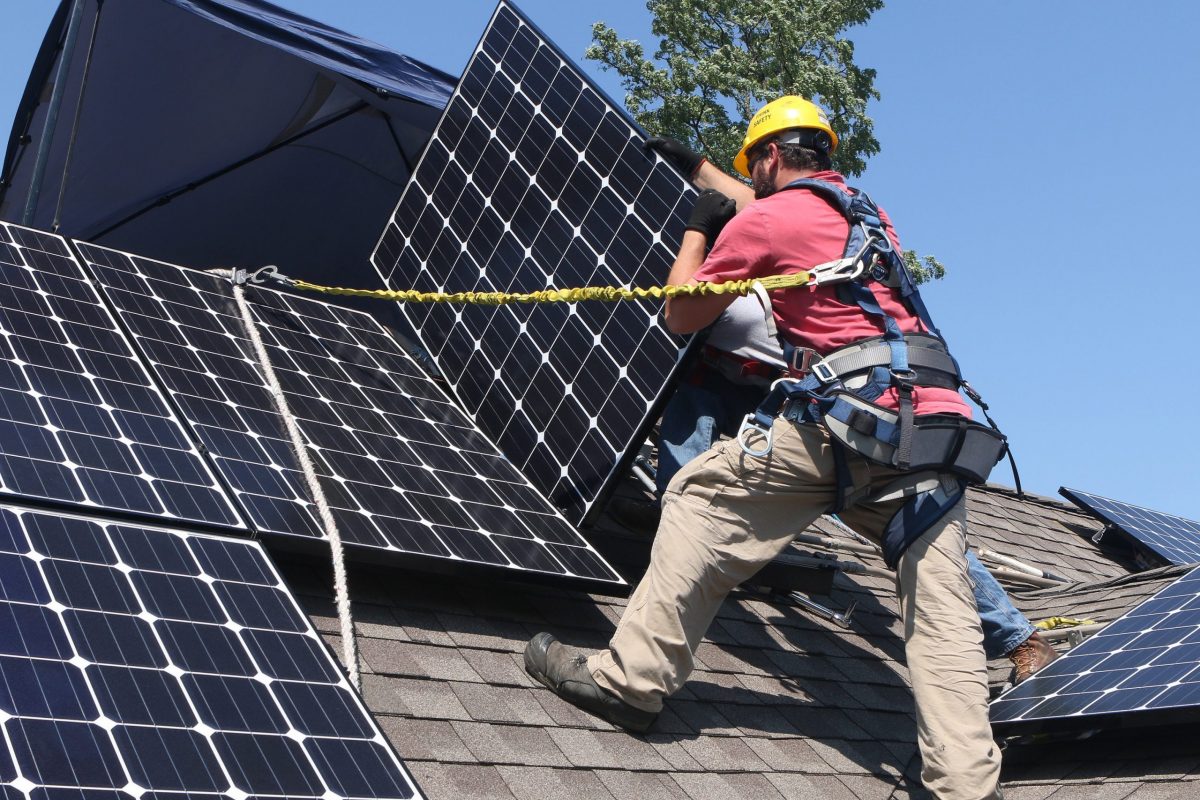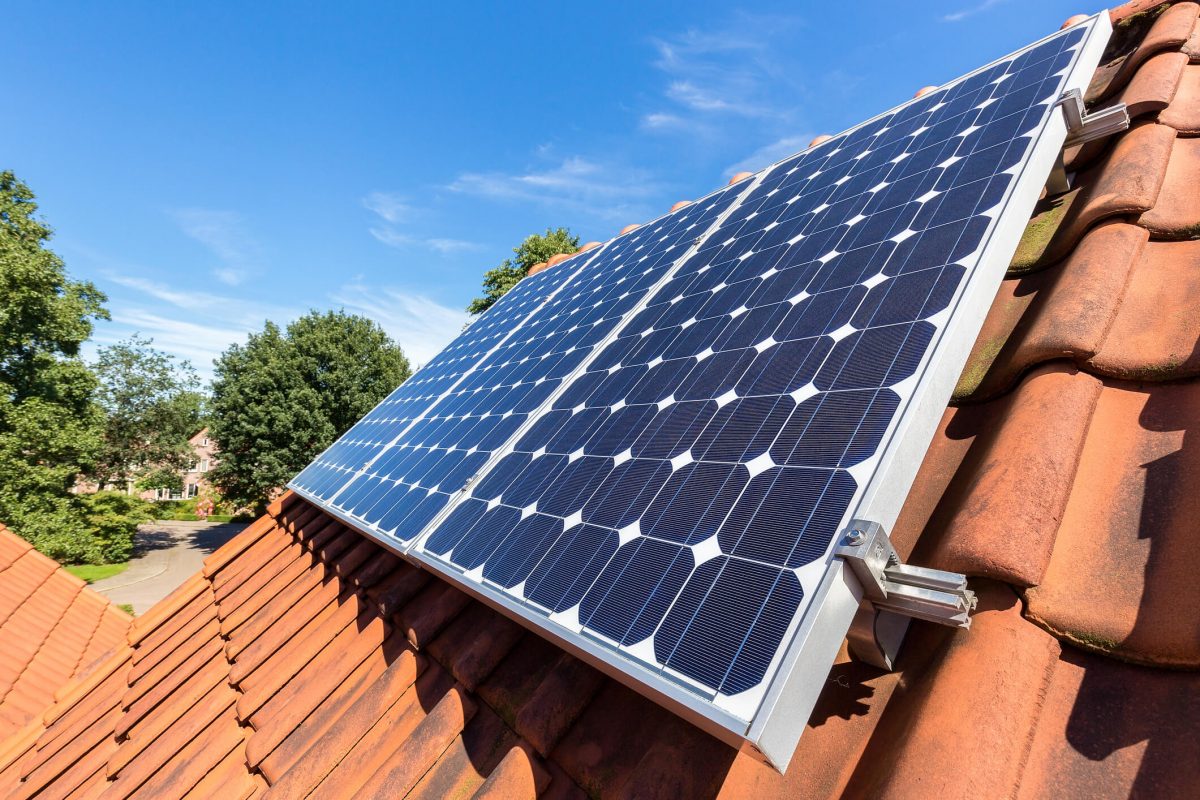Peak electricity hours typically occur between 4 PM and 9 PM when millions of households simultaneously power up appliances, lighting, and HVAC systems after returning home from work. Understanding these peak demand periods is crucial for maximizing home energy efficiency and reducing monthly utility bills. During these high-demand windows, electricity rates can surge up to 30-40% higher than off-peak prices, significantly impacting household budgets. While peak hours vary by region and season, this evening surge remains consistent across most residential areas, creating a predictable pattern that savvy homeowners can leverage to optimize their energy consumption and costs. By shifting energy-intensive activities to off-peak hours, households can not only save money but also contribute to a more stable and sustainable power grid.
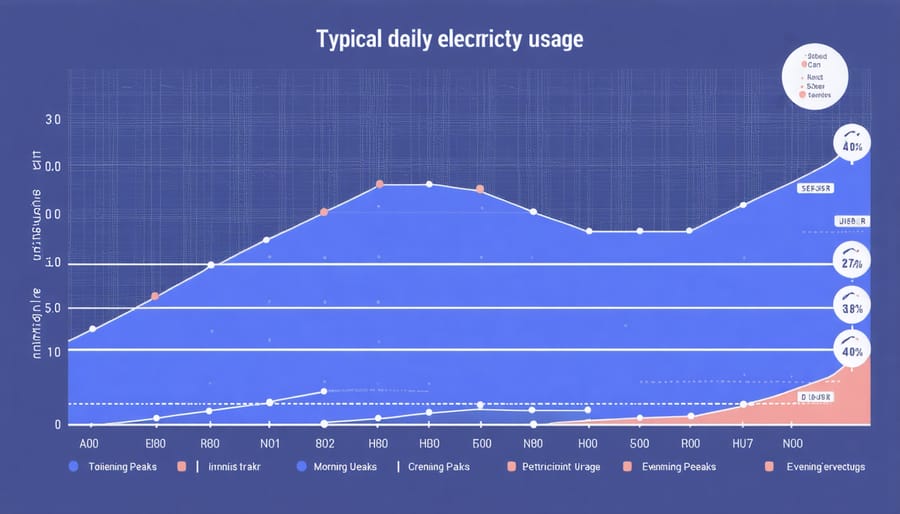
What Are Peak Hours for Electricity?
Morning Peak Hours
Morning peak hours typically occur between 7 AM and 9 AM when households spring to life with their daily routines. During this time, electricity demand surges as people wake up, prepare breakfast, take hot showers, and get ready for work or school. Common energy-intensive activities include running coffee makers, toasters, hair dryers, and heating systems during colder months.
This morning rush creates a significant strain on the power grid, especially in residential areas. Many utility companies charge higher rates during these hours to manage demand and encourage more balanced energy use throughout the day. The spike in usage is particularly noticeable on weekdays when most families follow similar schedules.
To reduce your energy costs during morning peak hours, consider staggering your appliance use, setting your thermostat to adjust gradually before you wake up, and using natural light when possible. Simple changes like preparing breakfast with energy-efficient appliances or taking shorter showers can make a meaningful difference in your electricity consumption and monthly bills.
Evening Peak Hours
Evening peak hours, typically occurring between 4 PM and 8 PM, represent the highest electricity demand of the day. This surge happens when most people return home from work or school, turning on lights, heating or cooling systems, and various appliances while preparing dinner. During winter months, these hours can be especially demanding as heating needs combine with increased lighting requirements due to earlier sunsets.
Many utility companies charge premium rates during these evening hours because of the strain on the power grid. The good news is that you can significantly reduce your energy costs by shifting some activities to off-peak times. Simple adjustments like running your dishwasher after 8 PM, doing laundry in the morning, or pre-cooling your home before peak hours can make a notable difference in your monthly bills.
Consider using smart home devices to automatically manage your appliances during these hours, or setting timers for energy-intensive activities to start after peak times end.
How Time-of-Use Pricing Works
Peak vs. Off-Peak Rates
During peak hours, electricity rates can be significantly higher – often 30-40% more than off-peak rates. Most utility companies charge these premium rates on weekdays between 4 PM and 9 PM when energy demand is highest. In contrast, off-peak hours, typically late at night and early morning, offer much lower rates, sometimes less than half the peak rate.
For example, you might pay $0.30 per kWh during peak hours but only $0.15 per kWh during off-peak times. Some utilities also have “mid-peak” periods with moderate rates, usually during morning hours and late evenings. Weekend rates are generally considered off-peak, making them ideal for running energy-intensive appliances.
Understanding these rate differences can lead to significant savings. By shifting your major electricity usage to off-peak hours – like running your dishwasher at night or doing laundry on weekends – you can substantially reduce your monthly energy bills. Many smart home devices now include features to automatically schedule operation during these money-saving off-peak periods.
Seasonal Variations
Peak electricity usage patterns shift dramatically between summer and winter months, primarily due to heating and cooling needs. During summer, peak hours typically occur in the late afternoon and early evening (2 PM to 7 PM) when air conditioners work overtime to combat the day’s heat buildup. Many households run multiple cooling systems simultaneously during these hours, creating significant demand on the power grid.
In winter, most regions experience two distinct peak periods: a morning peak (6 AM to 9 AM) when people wake up and turn on heating systems, and an evening peak (5 PM to 8 PM) when families return home. These “dual peaks” reflect increased heating needs and earlier sunset times, which lead to greater indoor lighting usage.
Interestingly, spring and fall typically have lower and more evenly distributed electricity usage throughout the day, as moderate temperatures reduce the need for heating and cooling. Understanding these seasonal patterns can help you adjust your daily routines and energy usage habits to maximize savings year-round. Many utility companies offer season-specific rate plans that align with these usage patterns, providing opportunities for additional cost reduction.
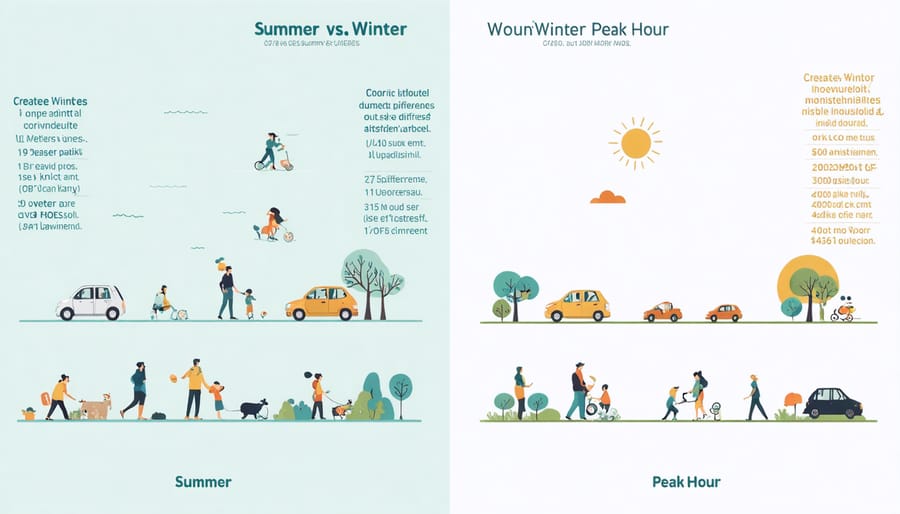
Smart Ways to Reduce Peak Hour Usage
Reducing your electricity usage during peak hours doesn’t mean sacrificing comfort – it’s all about smart timing and efficient habits. Start by implementing smart home energy monitoring to track your usage patterns and identify opportunities for improvement.
One of the most effective strategies is to shift major appliance use to off-peak hours. Run your dishwasher, washing machine, and dryer during early morning or late evening hours. Consider using delay start features on these appliances to automatically begin cycles during off-peak times.
Pre-cooling or pre-heating your home can significantly reduce peak hour energy consumption. During summer, cool your house before peak hours begin, then raise the thermostat slightly during peak times. In winter, do the opposite by pre-heating and then slightly lowering the temperature during peak hours.
Simple habit changes can make a big difference too. Charge electronic devices overnight, prepare meals using slow cookers or microwaves instead of the oven during peak hours, and use natural light whenever possible. Installing LED bulbs and using smart power strips can further reduce your peak hour consumption.
Time-intensive activities like ironing, vacuuming, or running power tools are best scheduled for off-peak hours. Consider batch cooking during off-peak times and reheating meals during peak hours to save energy. Remember, even small adjustments in your daily routine can lead to significant savings on your electricity bill while helping to reduce strain on the power grid.
How Solar Panels Help Beat Peak Rates
Solar panels offer a smart solution to combat peak electricity rates by generating power during the sunniest hours of the day – which typically coincide with peak rate periods. When you’re producing your own solar energy during these high-cost hours, you’re essentially avoiding the most expensive electricity charges from your utility company.
The beauty of installing solar panels is that they’re most productive during peak hours when electricity demand and costs are highest. Your panels generate maximum power during midday and afternoon hours, precisely when many utilities charge premium rates. This means you’re offsetting electricity usage when it matters most financially.
Even better, if your solar system produces more electricity than you’re using during peak hours, many utilities will credit you for the excess power at peak rates through net metering. This can significantly reduce your overall electricity costs and help you maximize your solar investment. Some homeowners even find their monthly electric bills dropping to near zero during sunny months, making solar panels an effective tool for beating peak rate charges.

Understanding and adapting to peak electricity hours can significantly impact both your energy bills and environmental footprint. By shifting energy-intensive activities to off-peak hours, typically before 4 PM or after 9 PM, you can reduce your monthly costs while helping to balance the power grid. Consider creating a household schedule that takes advantage of these lower-rate periods, and invest in smart home devices to automate your energy usage. Small changes, like running your dishwasher overnight or doing laundry in the morning, can add up to substantial savings. Remember, every kilowatt-hour you shift from peak to off-peak periods not only saves you money but also contributes to a more sustainable energy future. Take control of your energy consumption today by implementing these simple yet effective strategies.

